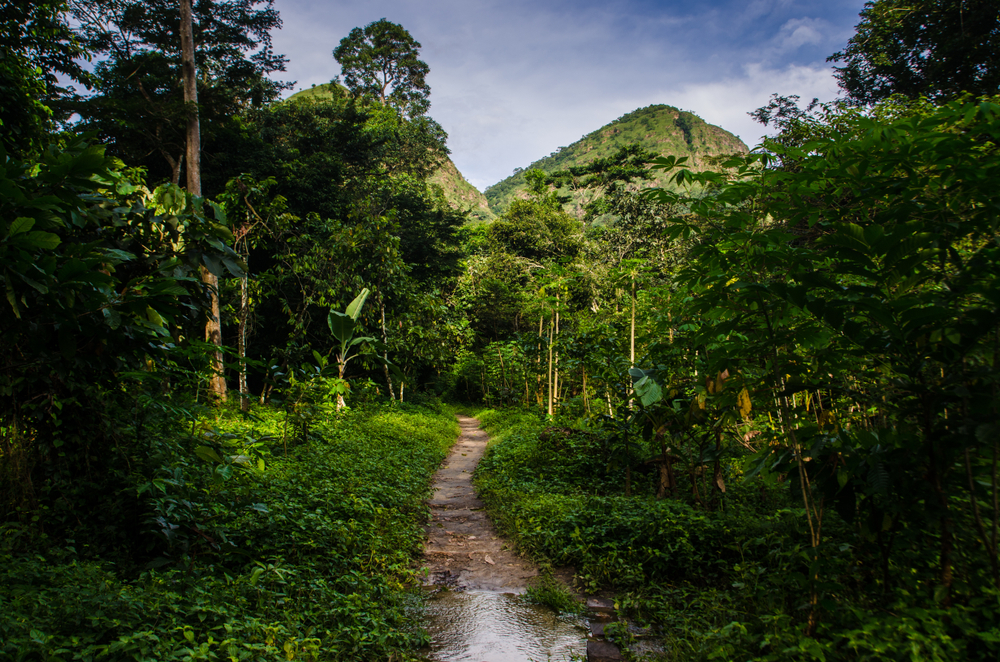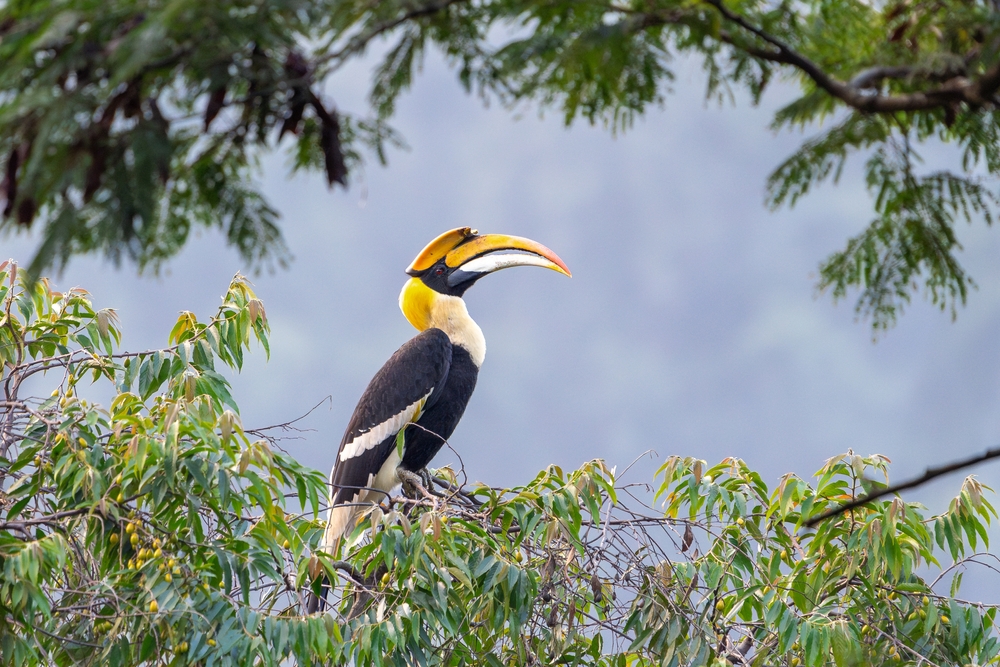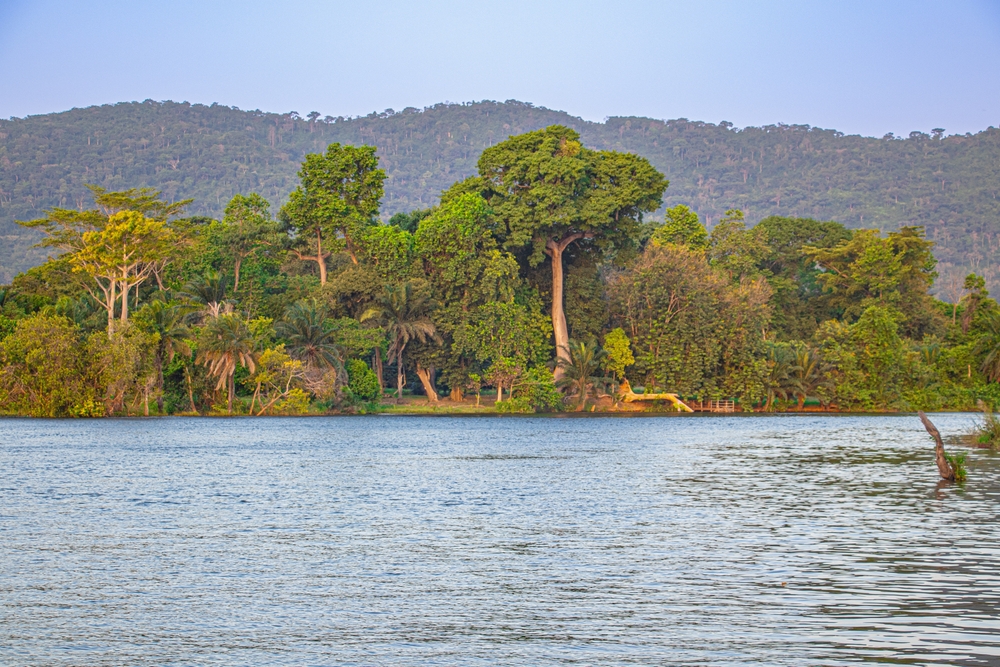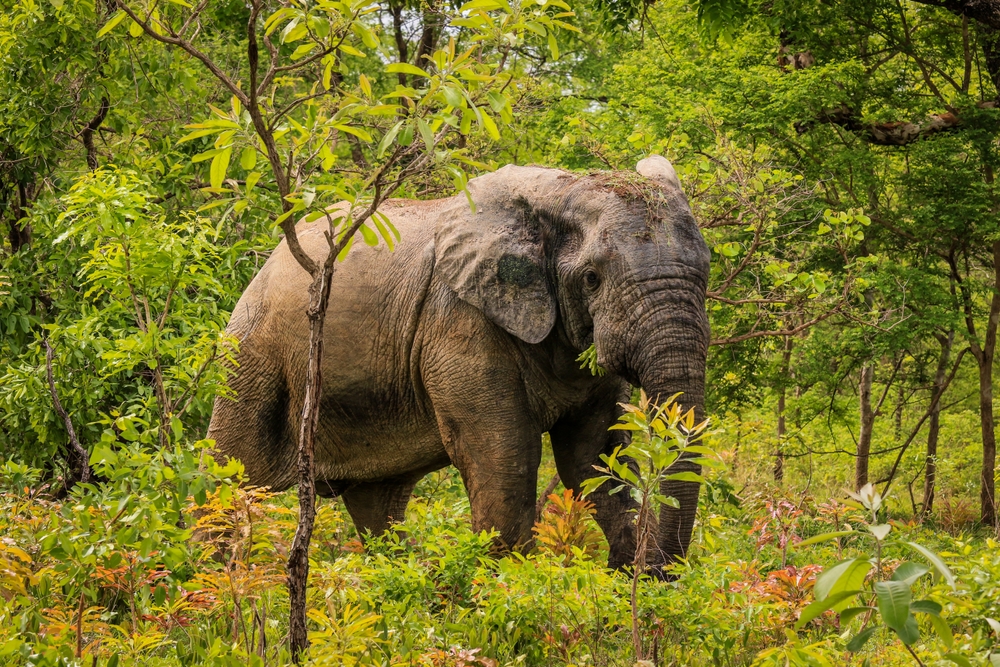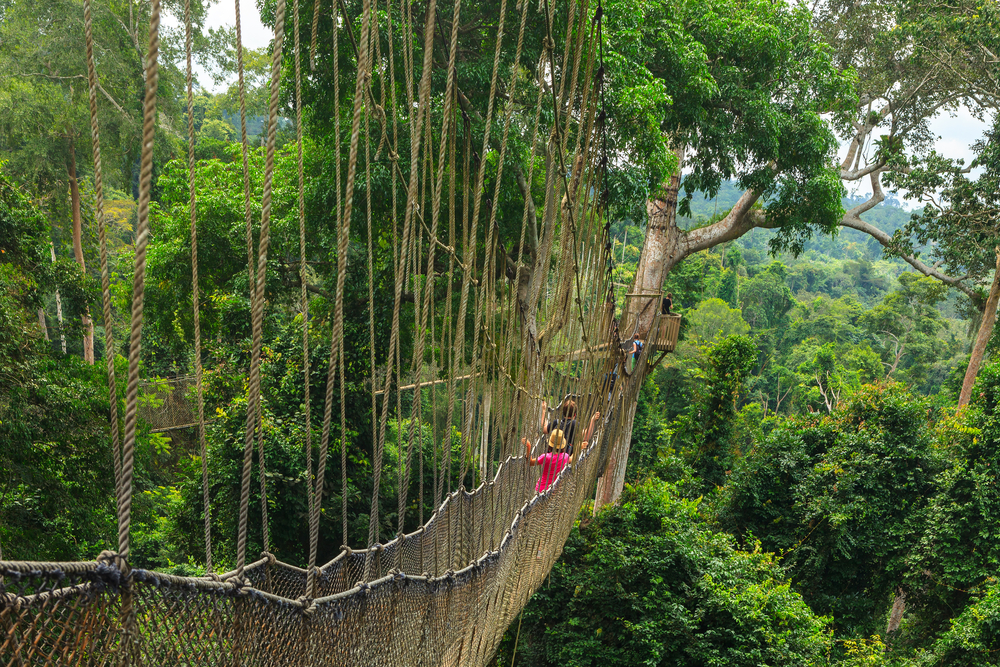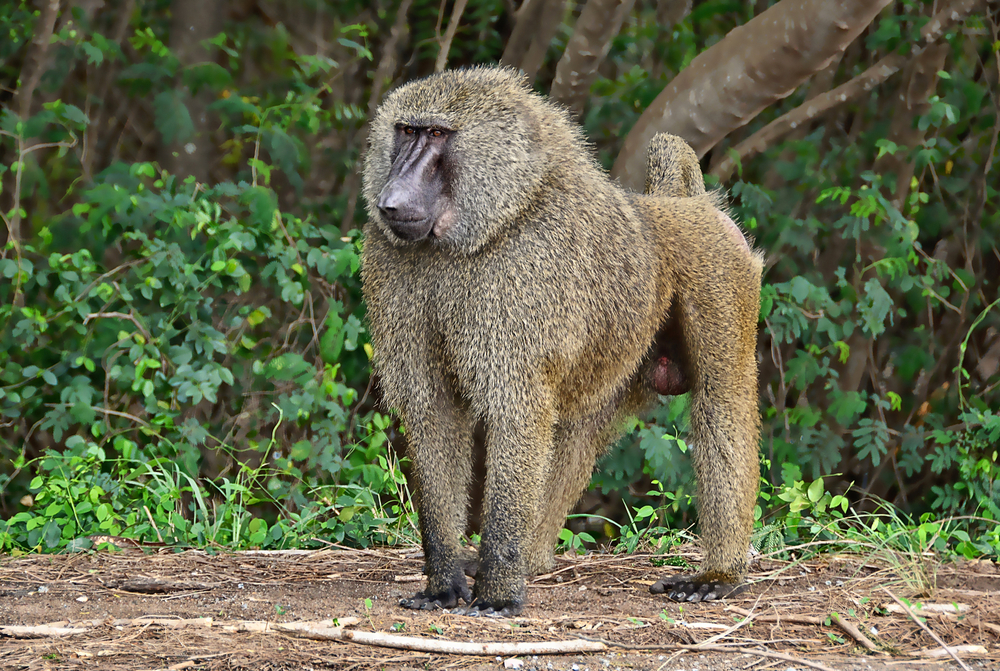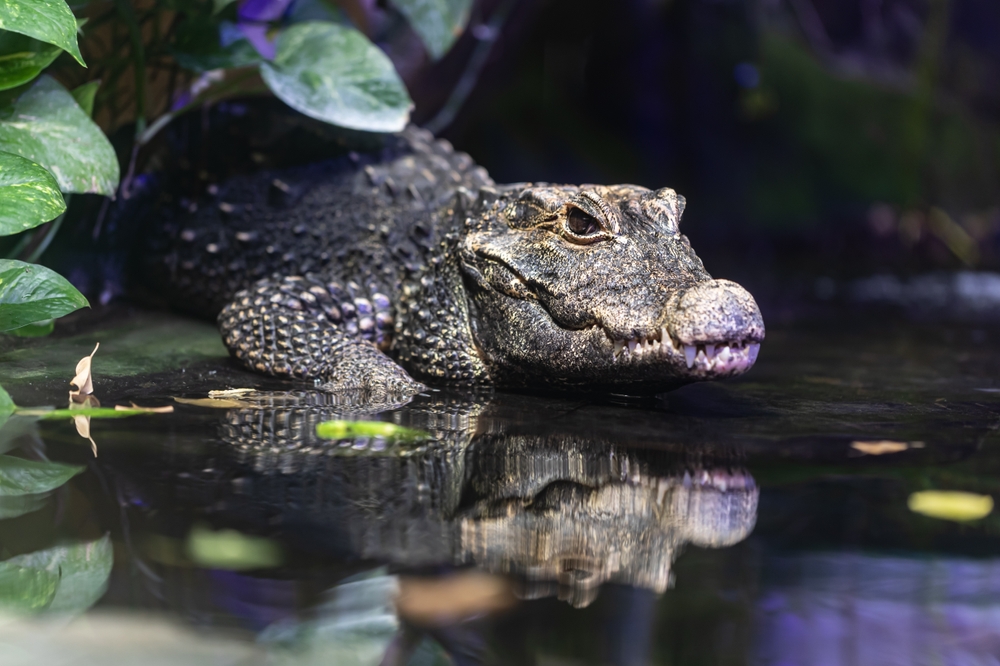Ghana, a vibrant West African nation, is home to seven official national parks, each showcasing the country’s rich biodiversity and cultural heritage. These parks highlight Ghana’s diverse landscapes, ranging from savannah plains and dense forests to wetlands and coastal ecosystems. Together, they form a critical part of the country’s efforts to conserve its natural resources and protect endangered species.
One of the most renowned parks is Kakum National Park, located in the Central Region. This tropical rainforest is famous for its canopy walkway, offering visitors a unique perspective of the forest. Home to over 40 mammal species, including forest elephants and duikers, as well as more than 300 bird species, Kakum is a biodiversity hotspot and a favorite destination for ecotourists.
Mole National Park, in northern Ghana, is the country’s largest and oldest national park. Spanning over 4,840 square kilometers, it features vast savannah landscapes and is a haven for large mammals such as elephants, antelopes, and baboons. The park also hosts over 90 mammal species and 300 bird species, making it a crucial site for wildlife enthusiasts. Mole offers guided safari tours, providing close encounters with its iconic wildlife.
For those interested in marine and coastal ecosystems, Ankasa Conservation Area, which includes Ankasa National Park, is a gem. Located near the border with Côte d’Ivoire, this park features lush tropical rainforests, waterfalls, and a rich variety of flora and fauna. The area supports unique species such as the bongo antelope and pygmy hippopotamus, showcasing Ghana’s commitment to preserving its rare wildlife.
Digya National Park, the second-largest in Ghana, sits along the shores of Lake Volta, Africa’s largest artificial lake. This park offers stunning landscapes of woodland savannah and water ecosystems. It supports diverse species like manatees, crocodiles, and elephants, while the lake itself is a critical habitat for aquatic biodiversity.
Ghana’s national parks face several conservation challenges, including poaching, habitat degradation, and human-wildlife conflicts. However, there have been notable successes, such as increased community involvement in conservation, eco-tourism initiatives, and international support for wildlife protection. Kakum’s community-centered approach and Mole’s successful reintroduction of certain species are examples of these efforts.
Ghana’s national parks stand as vital repositories of the nation’s natural and cultural wealth, offering a mix of ecological wonder and historical significance while paving the way for sustainable conservation. The Ghana government is committed to protecting the natural resources of the country so that wildlife thrives and it is here for future generations to see and experience.








































































